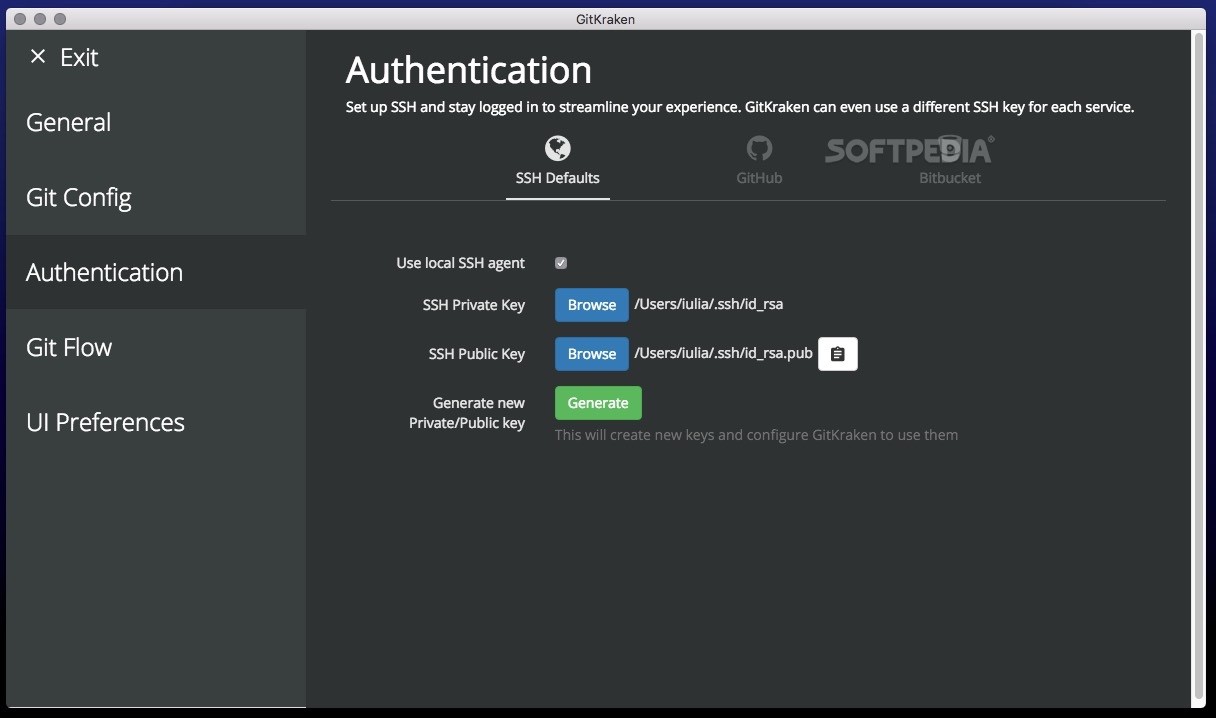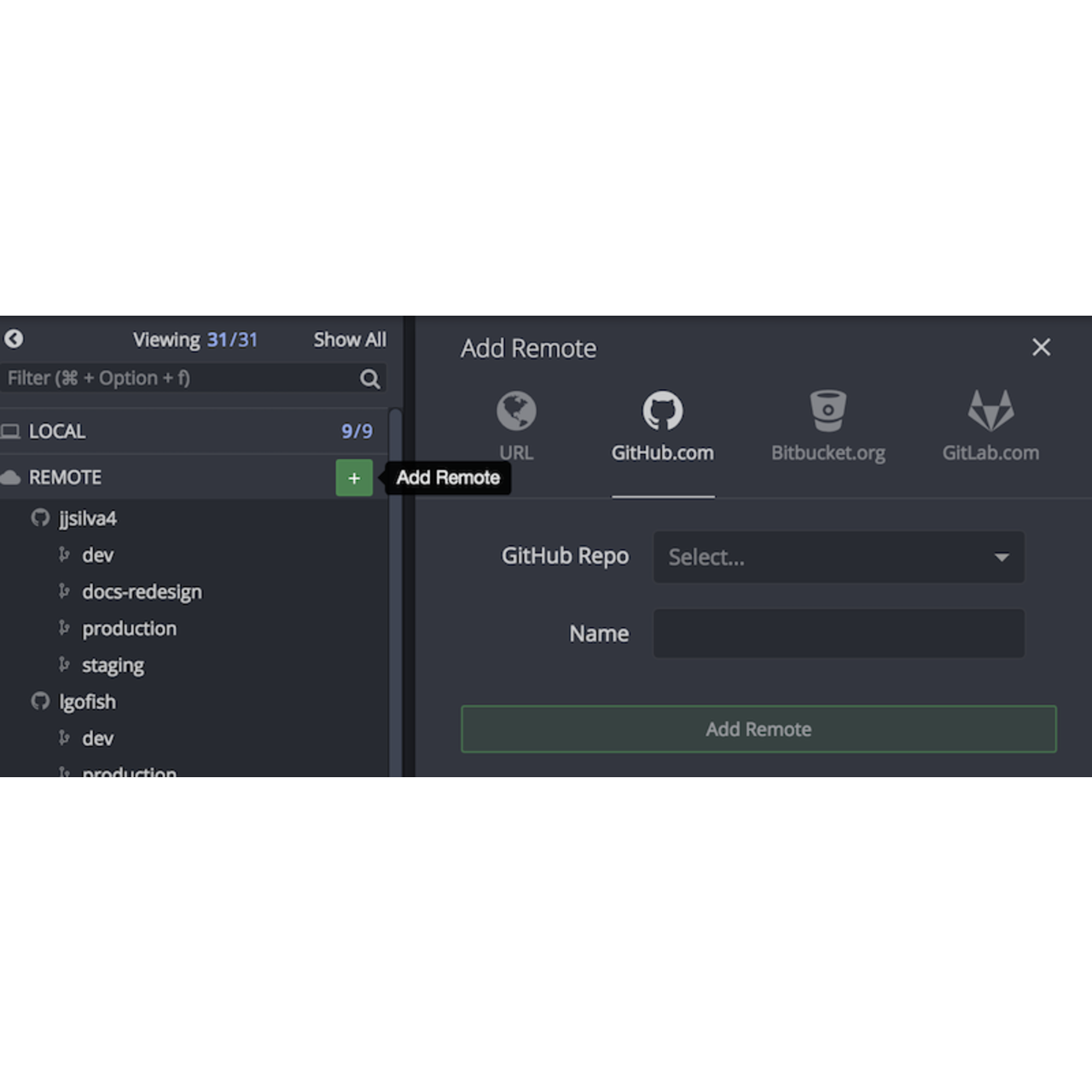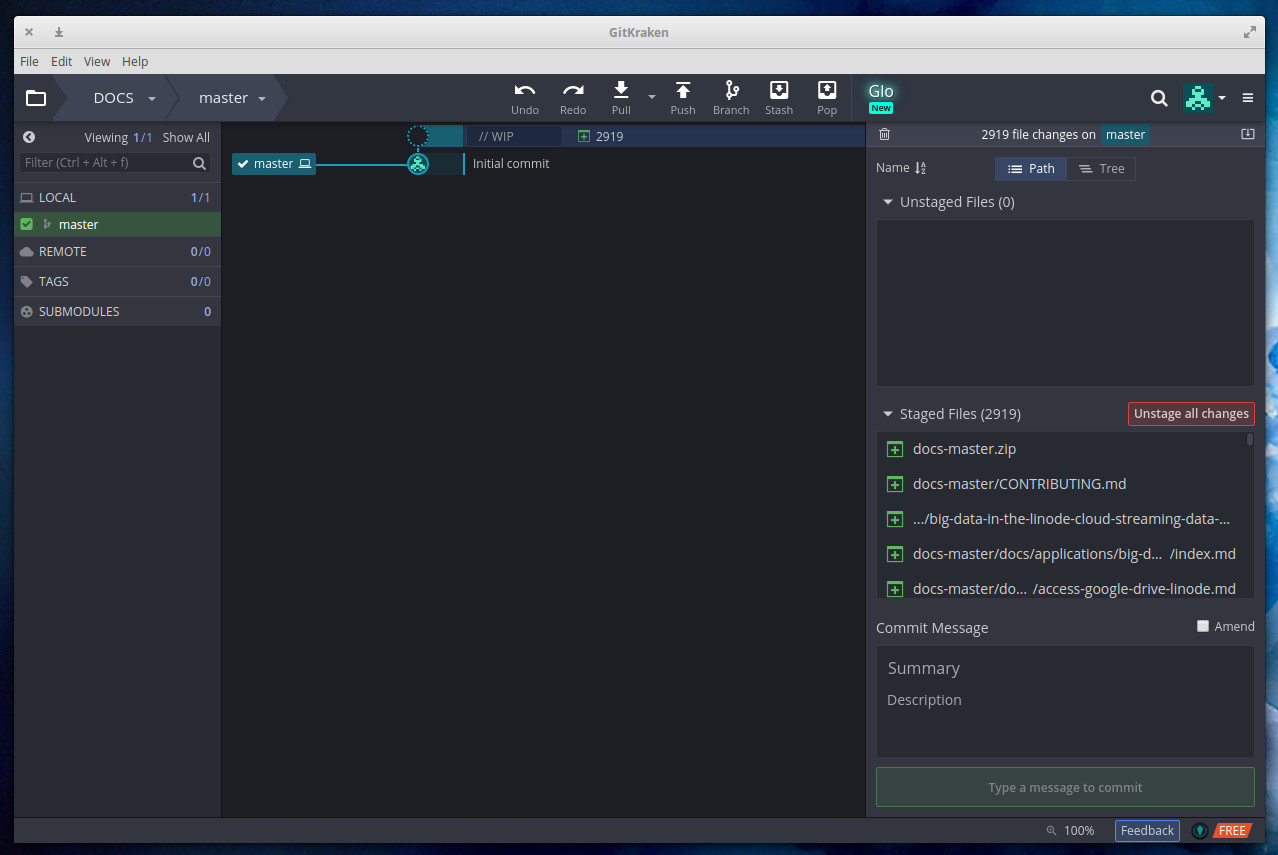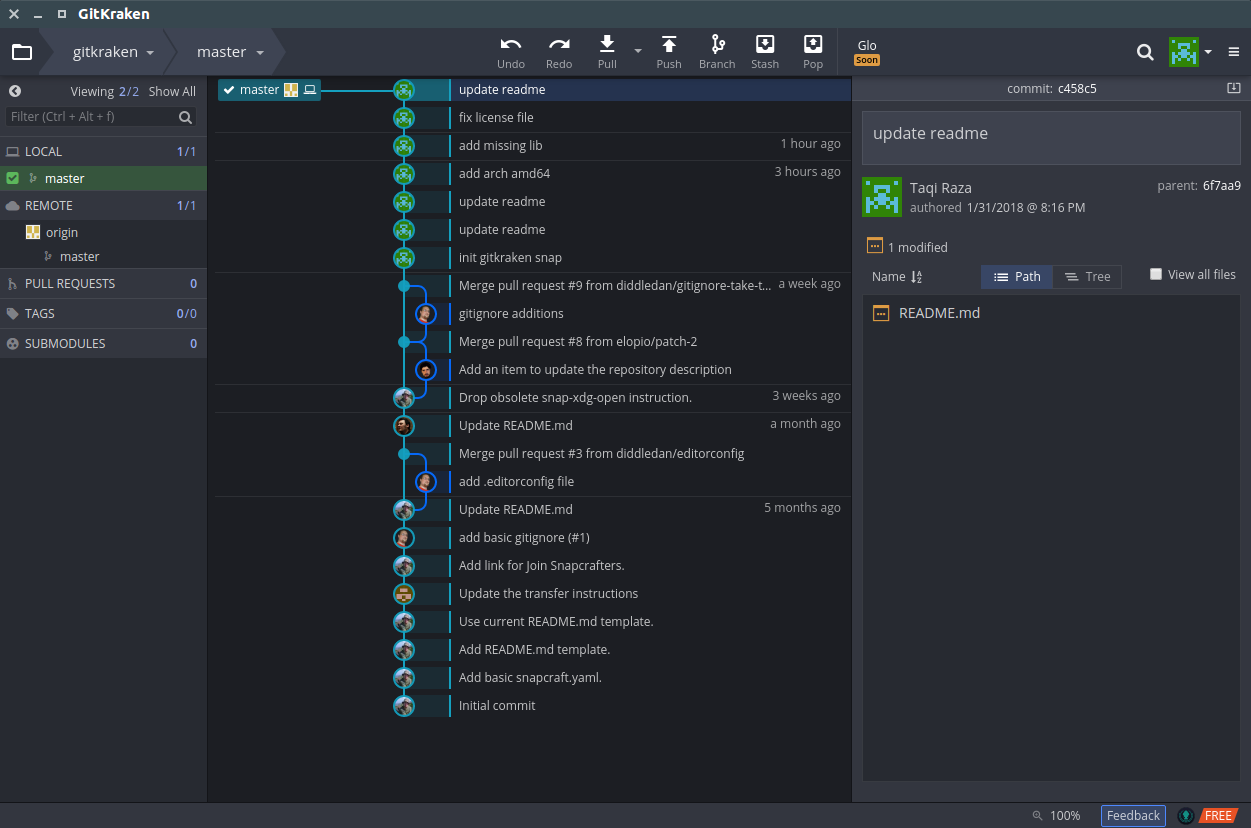

Tip: You can open a new tab with the + icon (shortcut: cmd/ctrl+ T) and you can close a tab with middle-click (shortcut: cmd/ctrl+ W)
FEATURES IN GITKRAKEN PRO MAC
You can also use the corresponding shortcut keys cmd+ 1-9 on Windows/Linux and cmd+ 1-9 on mac to quickly switch between repositories. You can add new tabs, drag & drop to rearrange, and remove tabs from the top bar. Quickly switch between multiple repositories.

As also shown, multiple branches can be at the same place of a single commit and can be both local and remote.įor a given vertical track, you can read from bottom to top, and right to left to see how changes are introduced into a focused branch.

An interactive //WIP (Work-In-Progress) node will show if the working directory has changed since the last commit.īranches and tag labels on the left side of the graph are pointers to specific commits, and each vertical column represents a branch currently available on the repository.Ĭolumns can intersect through merge commits as shown in the graph legend. Your commits are displayed here, along with commits from other contributors.Įach row of the graph represents one commit, and the top is always for the latest changes. The graph in GitKraken Client is the core of your repo and a representation of the Directed Acyclic Graph (DAG). Just click the icon in the upper right corner of the Commit Panel.įor deeper waters on staging, dive into committing work. The library display features several images of student art projects including large scale murals with early elementary students in Oakland, CA, and a self-portrait project organized with high school students from São Paulo, SP (Brazil).This panel can also be fixed on the bottom of the client. I think about the power and possibility of student leadership.” In fact, it is a core theme in her latest books on teaching women’s and gender studies.įishman-Weaver says, “As I think about what radical hope can look like in schools, I think of my early experiences teaching in Oakland Unified School District and Columbia Public Schools. She says she has been writing and thinking about this concept ever since. Fishman-Weaver first wrote about radical hope in a 2017 article for the Journal of Organizational Theory in Education. The exhibit is called “Radical Hope in Schools.” Dr. Looking at this exhibit, I am struck especially by how many Mizzou Academy faculty, staff, and students are featured here and the many more educators and projects that they represent.”Īmong the Mizzou Academy faculty and staff featured, the exhibit includes posters on Jill Clingan, co-author of the Teaching Women’s and Gender Studies series, Stephanie Walter, co-author of Connected Classrooms, an essay by Lisa DeCastro on diversity, inclusion, and equity in the classroom, and an essay by Dr. Her favorite aspect about the exhibit is that it “gave me the opportunity to publicly appreciate 30+ collaborators and advisors with whom I have learned, written, and created over the years. Collaborative Works: Mizzou Academy Connectionsįishman-Weaver says that she is grateful to Ellis Library and Marie Concannon for the opportunity to showcase her work in this exhibit.

Fishman-Weaver is the author or coauthor of six books in education: Wholehearted Teaching of Gifted Young Women (2018), When Your Child Learns Differently(2019), Brain-Based Learning with Gifted Students (2020), Connected Classrooms (2022) coauthored with Stephanie Walter, Teaching Women’s and Gender Studies Grades 6-8 (2023) co-authored with Jill Clingan, and Teaching Women’s and Gender Studies Grades 9-12 (2023) also co-authored with Jill Clingan. Fishman-Weaver currently serves as the executive director of Mizzou Academy and as an associate teaching professor in Learning, Teaching, and Curriculum.ĭr. Since then, she has taught and led programs in special education services (including gifted education services), English language arts, and teacher preparation. Kathryn Fishman-Weaver began her teaching career in a public K-8 school in Oakland, CA. “Most people have just reached out to say congratulations, and a few have wanted to really connect on the work.”ĭr. “Everyone has been so supportive,” she says.


 0 kommentar(er)
0 kommentar(er)
